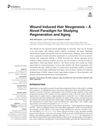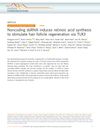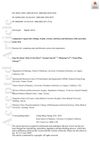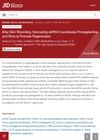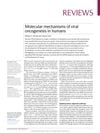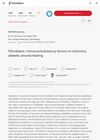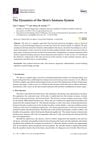TLR3 Activation Stimulates Autophagy Gene Expression in Keratinocytes
December 2022
in “
KSBB Journal
”
TLDR Activating TLR3 boosts autophagy gene expression in skin cells.
The study investigates the role of TLR3 activation in stimulating autophagy gene expression in keratinocytes. The researchers found that activating TLR3, a receptor involved in the immune response, leads to an increase in the expression of genes associated with autophagy in these skin cells. This suggests that TLR3 could play a significant role in regulating autophagy, which is a process that helps maintain cellular health by degrading and recycling cellular components. The findings provide insights into the molecular mechanisms of skin health and could have implications for developing treatments for skin-related conditions.

